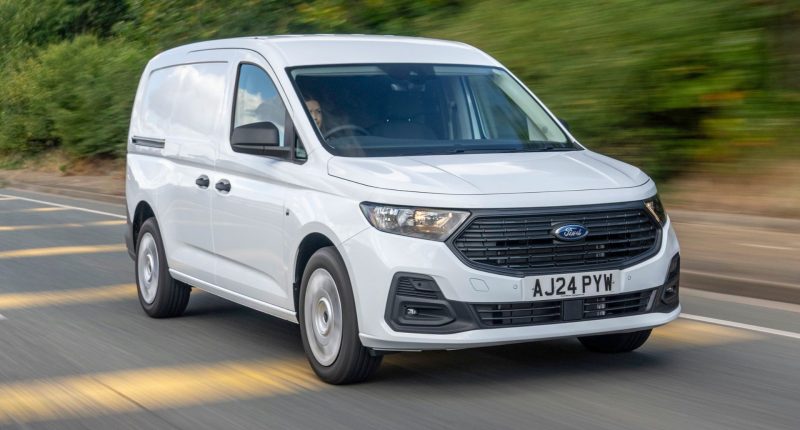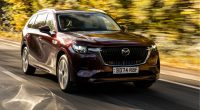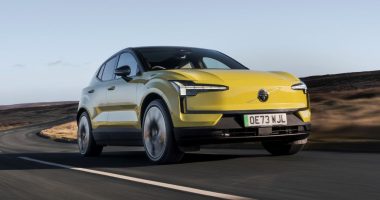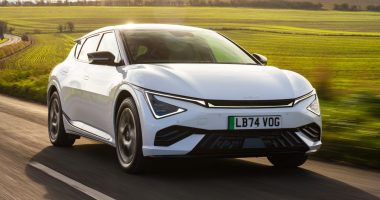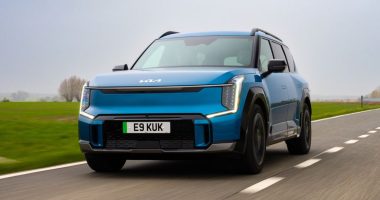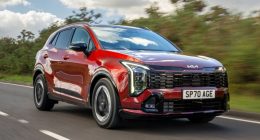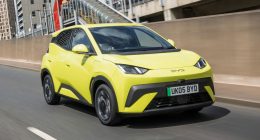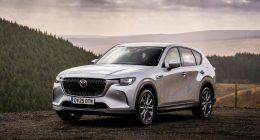Compact vans have always held a unique charm, particularly in how much they can carry despite their modest dimensions. Measuring somewhere between a supermini and a hatchback, they strike the sweet spot in size, yet tackle everyday tasks with relative ease.
And when a van has been spawned from the tried-and-tested Transit dynasty, you know you’re on to a winner regardless of what wheelbase, trim, transmission or engine you pick.
That was certainly true of the last Transit Connect, which was every inch a Ford product, however, its new Volkswagen-built successor is a different proposition. Once an unlikely partnership, Ford and VW are now closely aligned, the pair collaborating in a bid to slash manufacturing costs by sharing everything from research and development, battery tech, and software for their commercial line-ups.
In the case of the latest Transit Connect, it is essentially a rebadged Caddy Cargo – a model that traces its roots back to the Golf, no less. Buyers can therefore enjoy a choice of manual or automatic transmissions, turbo diesel engines or a petrol-electric powertrain, and front-wheel-drive or two driven axles.
Both the Caddy Cargo and the Transit Connect feature their own distinctive styling cues. However, in the Blue Oval’s case the design is somewhat underwhelming and lacks visual appeal, especially at the front. It is not offensive, and most owners will learn to live with it. True, looks usually never top a van buyer’s wish list. Just as well then, that Ford has put more thought into the bit that really matters: the space between the front and rear axles.
In ‘L1’ models, total loadspace length is 1,799mm and in longer ‘L2’ versions – as tested here – this grows to 2,150mm. These measurements take a hit in more practical ‘FlexCab L1’ and ‘FlexCab L2’ versions. Available only in rugged ‘Active’ trim, these get a moveable bulkhead and three individual fold-down chairs in the back to make them five-seaters. In any configuration, there is enough space to ferry a single Euro pallet, while payload varies between 706kg and 793kg according to engine and wheelbase. For comparison, Citroen’s Berlingo, Peugeot’s Partner and the Toyota Proace can all lug more than a tonne around.
A kerbside side door makes accessing the rear straightforward and a double rear door allows for longer items to be bundled in quickly. Tie down points are plentiful to ensure goods do not roll around and become damaged on the move, although we found the load area’s lighting rather poor; it consisted of a single bulb positioned in the centre of the roof, so that 12-volt socket is going to be used quite often when it comes to powering portable torches.
Cabin space is fantastic, though, with this comprising a deep overhead compartment and door pockets, with a pair of USB-C charge points for tablets and smartphones built into the lower console. A fully digital, 10.25-inch instrument display is in keeping with the current class competition, and the 10-inch infotainment unit – a lightly retouched version of the one in the Caddy Cargo – is home to most driver functions.
It is not the smoothest, a fact brought sharply into focus due to there not being any physical heating controls. As such, you are left with touch-sensitive sliders; sitting side-by-side and positioned right in front of the multimedia screen, these control temperature. Sadly, they are too fiddly and won’t prove popular among those who need to wear protective gloves as part of their work attire.
The absence of a fold down central arm rest in entry-level ‘Trend’ vans for the driver and front seat passenger is also keenly felt, especially on those longer, mind-numbing commutes. You can request this as part of a ‘Van Comfort Park’ (£510) that also includes an AGR-certified driver’s seat with leg extension and dual power lumbar support.
The Transit Connect is car-like to drive and has responsive and precise steering, taut body control, and a sophisticated coil spring rear suspension that irons out the worst lumps, bumps and potholes our ageing road network can throw its way. Performance from the 2-litre, four-cylinder VW-made turbo diesel is impressive, although we found the throttle unusually sensitive once ‘D’ is selected. As for the 7-speed automatic gearbox, which comes complete with steering wheel paddle shifters, it jerks and jolts at lower speeds.
This aside, there is plenty of low-end shove from the higher-powered – and well-refined – 120bhp diesel which is also available with four-wheel-drive. The detuned alternative has 101bhp and is a manual-only affair. A fully electric Transit Connect is not on the cards but a plug-in hybrid (148bhp) that marries a 1.5-litre turbo petrol to a single electric motor and a 19.7kWh battery for over seventy-miles of zero emission driving. As for price, the range kicks off at £28,200 for a ‘L1’ in ‘Trend’ trim rising to £33,050 for a ‘FlexCab’ Transit Connect in range-topping ‘Active’ specification before options.
